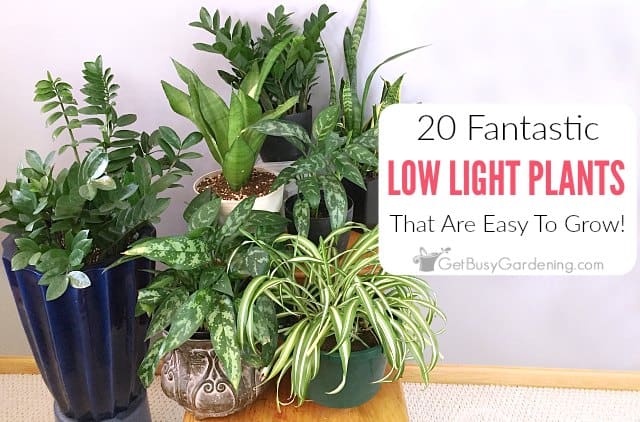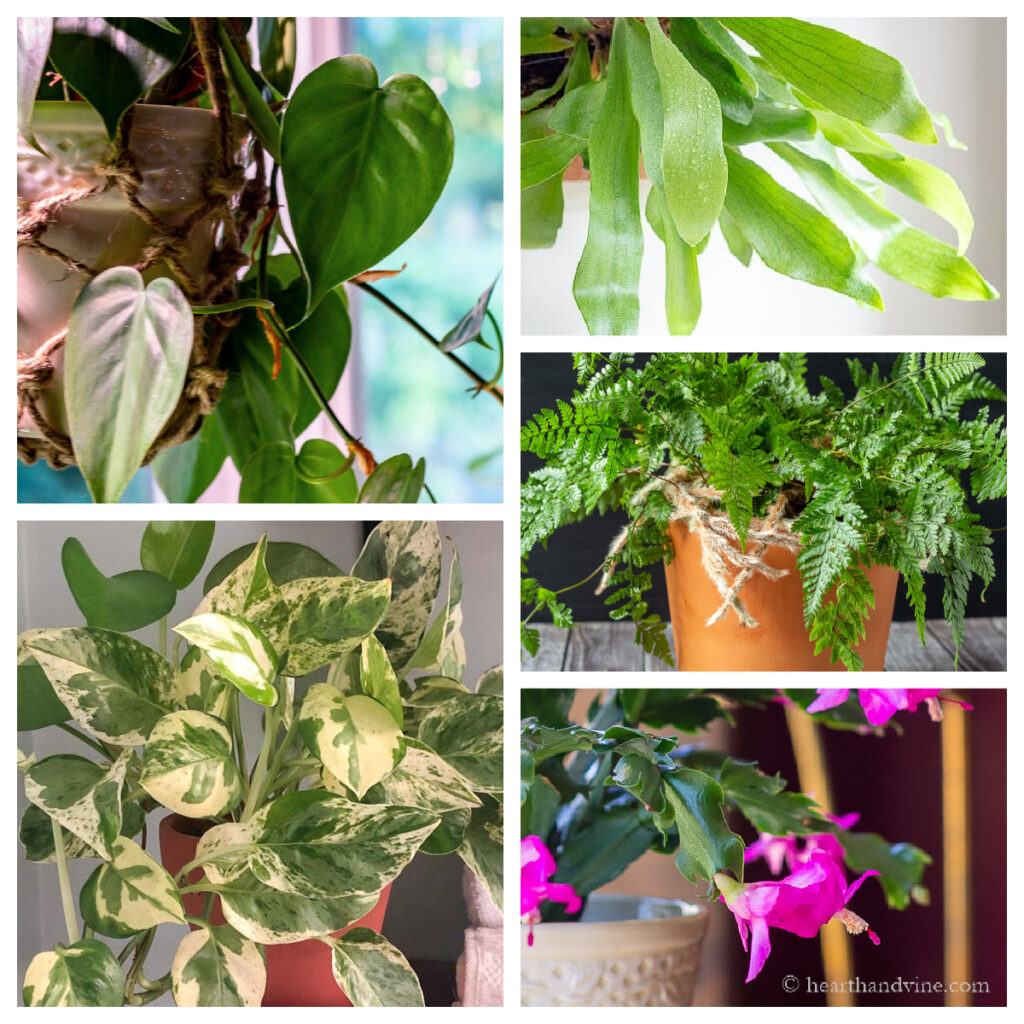The Best Low-Light Indoor Plants for Beginners and Busy Plant Owners
Uncover the Secrets of Low-Light Indoor Plants and How They Enhance Your Environment
Low-light indoor plants have gathered enhancing attention for their distinct ability to boost both visual appeal and ecological top quality within homes and workplaces. These resistant varieties, including the Snake Plant and Tranquility Lily, not just flourish in tough lighting problems however additionally play a critical function in air filtration and psychological wellness.
Advantages of Low-Light Indoor Plants
Although lots of people presume that indoor plants call for bountiful sunlight to prosper, low-light indoor plants use a multitude of benefits that make them suitable for various environments. One of the key advantages is their flexibility; they can thrive in areas with minimal natural light, such as workplaces, cellars, or spaces with small home windows. This function allows people to improve their surroundings with plant, adding to enhanced appearances without the need for substantial lights modifications.
Furthermore, low-light interior plants can dramatically boost interior air quality by filtering unsafe contaminants and launching oxygen, making living spaces healthier. The presence of plants has been linked to higher sensations of harmony and focus.
Additionally, low-light plants commonly require much less upkeep than their sun-loving equivalents, making them suitable for hectic people or those new to gardening. Their resilience enables them to grow with marginal treatment, therefore offering a rewarding experience for plant enthusiasts and novices alike. In recap, low-light interior plants serve both visual and practical purposes, making them beneficial enhancements to any area.
Top Low-Light Plant Selections
Low-light interior plants come in a variety of varieties, each offering special attributes and benefits fit for dim settings. Among the most preferred selections is the Serpent Plant (Sansevieria), known for its architectural fallen leaves and air-purifying capabilities. This resilient plant grows on neglect and can endure a variety of light problems.
Another excellent selection is the ZZ Plant (Zamioculcas zamiifolia), which features shiny, dark green fallen leaves and is extremely drought-tolerant. Its adaptability makes it a favored for offices and homes with minimal sunlight.
The Pothos (Epipremnum aureum) is also a leading contender, with its tracking creeping plants and heart-shaped fallen leaves - Best low-light indoor plants. This versatile plant can be educated to climb or cascade, including aesthetic interest to any type of space

Care Tips for Low-Light Plants
Looking after low-light indoor plants calls for a nuanced understanding of their certain needs to ensure optimum growth and vigor. First, it is necessary to select the right potting mix, as a well-draining dirt is essential to avoid origin rot. A mix designed for houseplants, commonly containing peat moss and reference perlite, functions well for many low-light selections.
Watering is one more crucial aspect of care. Low-light plants normally need much less frequent watering compared to their sun-loving counterparts. It is a good idea to check the top inch of dirt; if it really feels completely dry, it's time to water. Overwatering can result in difficulties such as mold and root decay.
Fertilization ought to be come close to with caution. During the growing season, a watered down fluid plant food can be applied monthly, but in wintertime months, several low-light plants enter dormancy and call for little to no fertilizing.
Last but not least, it is essential to periodically clean up the fallen leaves to eliminate dirt, permitting far better light absorption. By adhering to these care ideas, you can grow a growing environment for your low-light indoor plants, boosting both their look and durability.
Enhancing Air High Quality With Plants
Indoor plants play a significant role in enhancing air quality within homes and office. With the procedure of photosynthesis, these plants take in carbon dioxide and release oxygen, adding to a healthier environment. Furthermore, certain low-light indoor plants have the ability to filter dangerous toxins, such as trichloroethylene, benzene, and formaldehyde, which are commonly located in indoor atmospheres.

In addition, the presence of indoor plants can increase moisture degrees, which assists ease completely dry skin and respiratory system concerns, additionally enhancing general health. This capability to improve air quality not only advertises physical wellness but additionally sustains mental wellness.
Including low-light interior plants right into your living and functioning rooms can result in an extra stimulating and lively atmosphere (Best low-light indoor plants). Purchasing these natural air purifiers is a simple yet reliable approach for improving indoor air quality and promoting a healthier way of living
Producing a Serene Indoor Room
The assimilation of plants right into living spaces not just improves air quality yet likewise adds to a serene environment. Low-light indoor plants, such as serpent plants and pothos, are particularly effective in creating a tranquil environment, as they prosper in conditions that might or else be inhospitable his response for various other greenery. Their rich vegetation supplies a calming visual, decreasing stress and anxiety and promoting leisure.
Integrating these plants into your office or home can evoke a sense of tranquility and well-being. Strategically putting them in locations where you spend considerable time, such as living offices or areas, enables an immersive experience with nature, which has actually been revealed to improve state of mind and cognitive function.
Additionally, the mild movement of leaves in feedback to air flow can develop a dynamic visual aspect that boosts the general atmosphere. Take into consideration using a range of plant heights and textures to include deepness and interest to your space. With thoughtful positioning and treatment, low-light interior plants can transform any location right into a tranquil shelter, cultivating not just aesthetic complete satisfaction yet mental and likewise emotional wellness.

Final Thought
Including low-light indoor plants into different settings returns significant benefits, including enhanced air high quality and enhanced visual allure. The transformative power of low-light plants underscores their worth in boosting both work-related and property setups.
Although lots of individuals think that indoor plants need plentiful sunshine to grow, low-light indoor plants supply a multitude of advantages that make them ideal for numerous settings.Additionally, low-light interior plants can significantly boost indoor air quality by filtering unsafe contaminants and releasing oxygen, making living rooms healthier. Furthermore, certain low-light interior plants possess the ability to go to this web-site filter unsafe contaminants, such as formaldehyde, trichloroethylene, and benzene, which are frequently discovered in interior atmospheres.
Low-light interior plants, such as snake plants and pothos, are specifically efficient in producing a serene setting, as they thrive in problems that may or else be unwelcoming for various other plant.Including low-light indoor plants into numerous atmospheres yields substantial benefits, including boosted air quality and boosted visual charm.